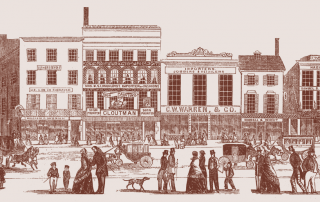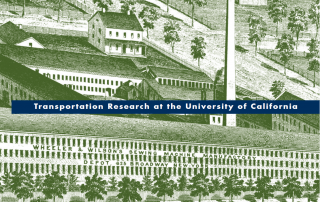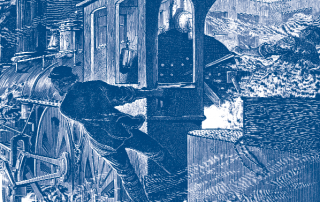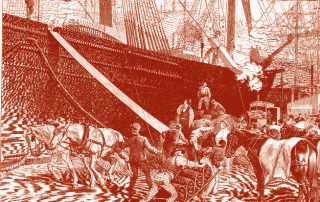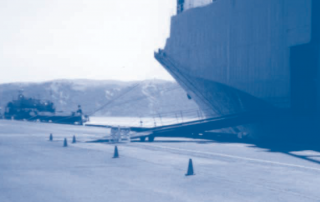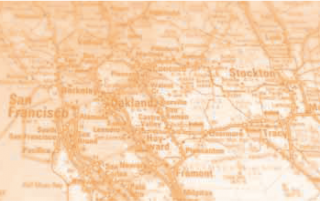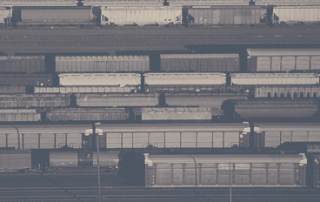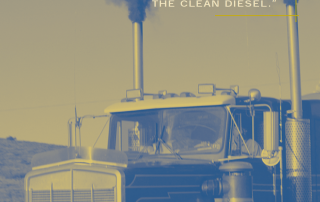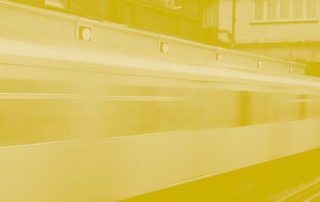THE ACCESS ALMANAC: Planning for High Speed Rail
Martin Wachs
California is contentiously debating whether or not to build a high speed rail system and, if so, how to build it and where to start. This debate reveals enormous differences among Californians. Surprisingly, it also suggests that planning studies and technical analyses increase, rather than resolve, our differences.

